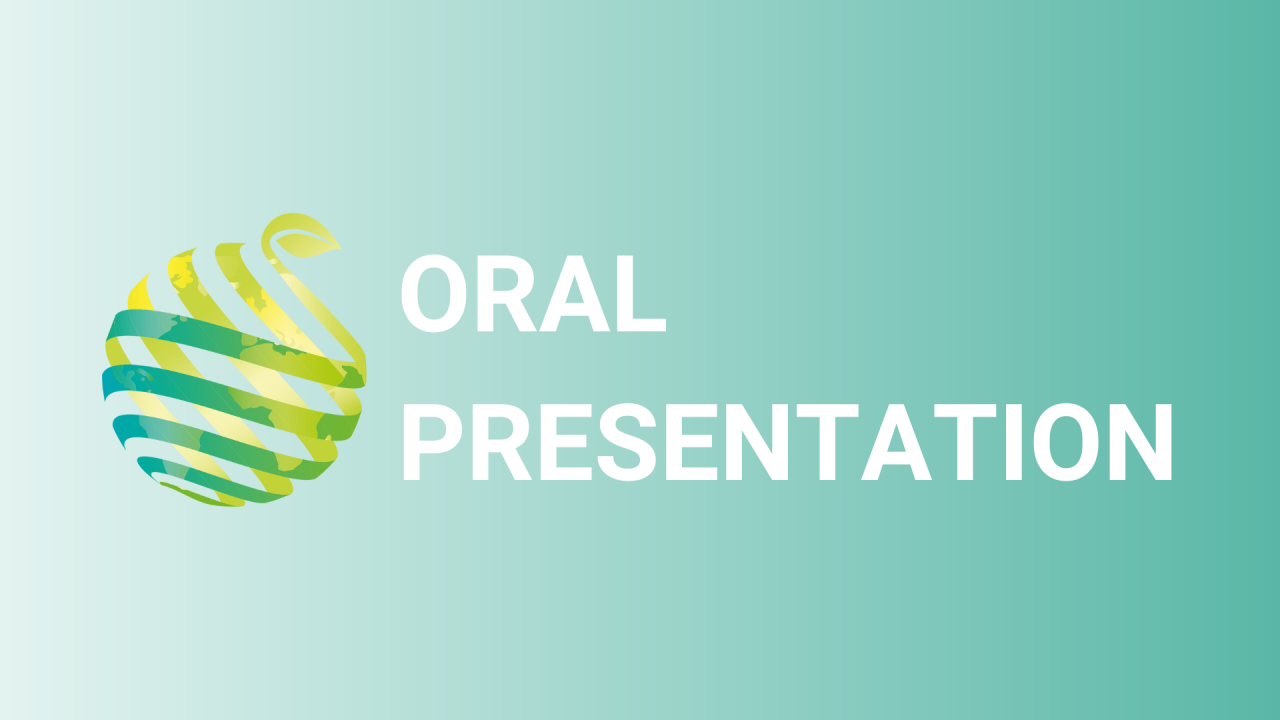

S01 - Session O3 - Approaches to implement genomic selection in three Swiss apple breeding programs
Information
Authors: Michaela Jung *, Simone Bühlmann-Schütz, Marius Hodel, Markus Kellerhals, Niklaus Bolliger, Moritz Köhle, Markus Kobelt, Hélène Muranty, Bruno Studer, Giovanni AL Broggini, Andrea Patocchi
Apple ( Malus domestica Borkh.) production is challenged by a changing climate, market demands, consumer preferences, and the pressure to minimize the use of plant protection products. These factors require apple breeding to be flexible, fast and efficient. Genomic selection has proven useful to increase the efficiency of selection for suitable traits. Three breeding institutions in Switzerland (Agroscope, Poma Culta, Lubera) united their efforts to implement genomic selection in their breeding programs. This implementation is built upon the genomic and phenotypic dataset of the multi-national apple reference population (apple REFPOP) that was previously deemed suitable as a backbone for the application of genomic selection in breeding. The 534 apple REFPOP genotypes (269 accessions and 265 progeny from 27 parental combinations) were combined with 627 genotypes of the three Swiss breeding programs (387 progeny from 24 parental combinations and 240 advanced selections). The available SNP dataset of the apple REFPOP was complemented with genomic data of the three programs obtained using the Illumina Infinium® 20K SNP genotyping array. To study the impact of a temporal overlap between phenotypic information available for the apple REFPOP from years 2018n2020 and phenotypes of the Swiss breeding germplasm collected in 2021, the Swiss copy of the apple REFPOP was phenotyped again in 2021. These phenotypic data were connected to the genomic dataset in a genomic prediction analysis, with progeny of the breeding programs as validation set and the training set composed of: (i) the apple REFPOP with phenotypes from 2018n2020, (ii) the apple REFPOP with phenotypes from 2018n2021, (iii) the apple REFPOP and advanced selections, and (iv) an optimized set based on all available genotypes. Identification of the most suitable prediction scenario(s) using the reported genomic predictive abilities for key quantitative traits will provide guidance on the application of genomic selection in apple breeding.